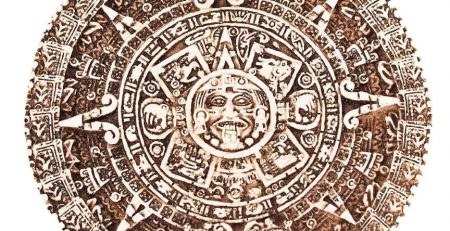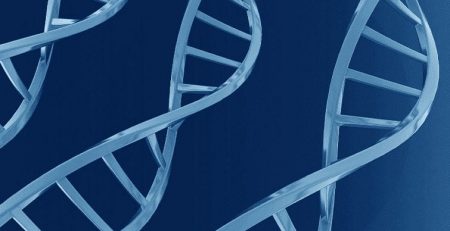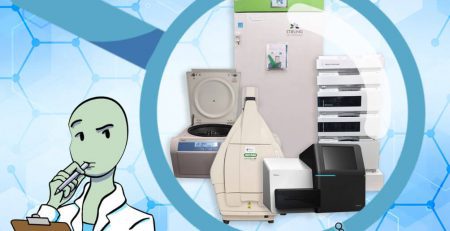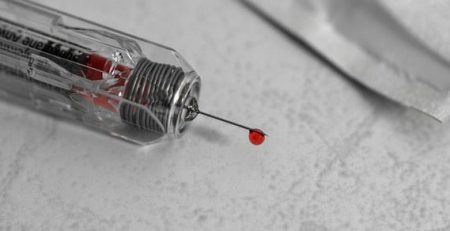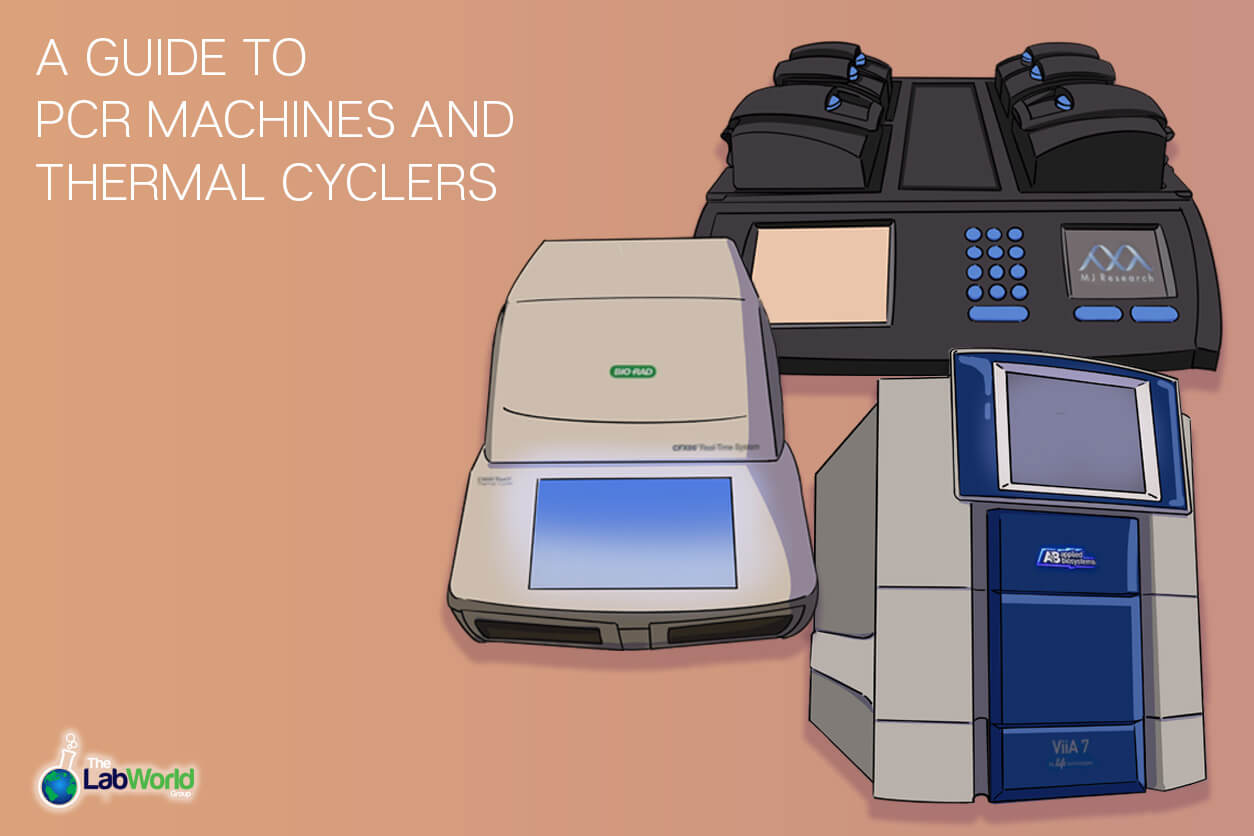
Thermal Cyclers
Amanda2022-09-12T15:51:15+00:00What is a Thermal Cycler
Thermal cyclers, also known as PCR machines, thermocyclers, and DNA amplifiers are used to amplify and clone the segments of DNA through polymerase chain reaction (PCR). These devices utilize a thermal block in which tubes go into holes that are for the reaction mixtures.
The PCR system’s head raises and lowers the temperature of the block typically by a program with set timers. A user then monitors the time and temperature at which the samples are held to create the desired reaction. At the end of the process, gel electrophoresis is used to read the results.
PCR thermal cyclers are mainly used in research and clinical facilities for genetic testing in diagnosing diseases. They have other uses as well including facilitating temperature-sensitive reactions including restriction enzyme digestion or rapid diagnostics.
History of the thermocycler
The earliest thermal cycler machines were very different than the small compact ones that we use today. Using 3 water baths set at different temperatures, an analyst would manually move the DNA sample blocks from one bath to the next. The first bath for denaturation, one for annealing, and the last for the extension. After each round, the DNA polymerase enzyme had to be replaced due to its poor heat stability. As you can imagine, this process took much more time and was more prone to error.
In 1987 the first commercial thermal cycler the TC1 DNA Thermal Cycler was introduced. This PCR machine was more like the units we see today and utilized a refrigerator compressor. The cooling lines went into an aluminum sample block with an early-stage heater element to provide temperature control throughout the reaction. To prevent condensation from building inside the lids, these older systems required mineral oil. This was messy and ran the risk of contamination. Today, most thermocyclers incorporate a heated lid that presses against the reaction tube top and thus get the same reaction.
Types of thermal cyclers
While there are many distinct PCR systems out there, most can be separated into 3 classes: Standard thermocycler for singleplex experiments and a single target, Real-Time PCR systems for more complex multiplexing of 2 or more targets at the same time, recording data in the moment, and Digital PCRs that are excellent at detecting very faint signals.
Standard thermal cyclers are a budget-friendly, and flexible option. Usually, these feature a swappable head made from silver, gold, and aluminum. Silver is the superior choice in terms of speed and temperature uniformity however gold and aluminum have excellent conductivity as well. These heads have varying capacities as well to fit the needs of the experiment with the universal 0.2-mL PCR tube being the most common. Heads can also be constructed to hold conical tubes, multiwell plates, and tube strips with capacities of 36, 48, 96, or 384 wells and can vary from standard to deep well. For even greater variety, heads also come in regular or fast where a fast mode thermocycler shrinks the time needed from 120 minutes to just 40 minutes.
A gradient-capable system such as the Eppendorf Mastercycler Gradient evaluates up to 12 different temperatures according to their row in one single run. There are also multiple blockheads that increase the throughput of a single system like the Biorad Tetrad however be aware this also increases the power requirements.
Real-time PCR is like the simple thermal cyclers with head choices and sizes however in addition they monitor the progress and collect the data of the PCR process as it occurs (in real-time). It does this by utilizing a camera and taking fluorescents shots as the DNA copies. The most widely used dye is SYBR Green for this process however other QPCR dyes include YO-PRO-1, LC Green, BEBO, and SYTO-9. There are also TaqMan probes used for detection.
Digital PCRs solve the issue where researchers struggle to find faint genetic signals against a strong background. These machines are absolute quantification compared with semi-quantitative (standard thermal cyclers) and relatively quantitative (real-time thermal cyclers)
Thermal Cycler Manufacturers:
There are many different manufacturers that make the all-in-one thermal cycler. Here are a couple of known and trusted manufacturers but certainly not all on the market today.
Biorad, formerly known as (MJ Research) has a vast selection including real-time PCR systems, Thermocyclers as well as the consumables and reagents needed to perform the PCR process repeatedly. More traditional DNA amplifiers fall under their 1000 series but expand up to their more power and flexible CFX line. They incorporate the latest technological advances to provide greater reproducibility and accuracy.
Eppendorf sells high-quality PCR cyclers and consumables. The PCR routine is simplified with their easy-to-use Mastercycler line. They focus more on the basic needs providing their customers with the high-quality equipment to keep your lab going.
Thermo Scientific acquired Applied Biosystems in 2014 to spearhead their PCR division. Their thermal cyclers Veriflex control technology reduces time spent while maintaining reliability and confidence. Their lineup varies from the highly portable, budget-friendly, and entry-level thermal cycles to the more advanced ultimate in flexibility and throughput.
Other trusted companies that produce quality PCR systems are Agilent, Qiagen, and Techne.
In summary, these are just a couple to choose from and you should first figure out what specific needs you require then look into the many trusted manufacturers out there. Your lab can save additionally by buying gently used and fully exercised thermal cyclers from The Lab World Group.
Summary
The polymerase chain reaction is one of the necessary processes in the laboratory. Because significant amounts of DNA are needed for genetic and molecular analyses, the PCR process will need to be repeated over and over again to continue accurate and dependable results.
Advancements in the last 30 years have made it possible to have a small, portable, and relatively low-cost thermal cycler in laboratories around the world. Aside from the PCR process, thermal cyclers are useful for temperature-sensitive reactions including restriction enzyme digestion or rapid diagnostics with its Peltier-based heating and cooling method. This flexibility makes the thermal cycler a staple in most labs.
Depending on the make and model, you can opt for the fast silver material head for optimum performance however there are many different manufacturers, models, and configurations to choose from. It all depends on your specific needs and restrictions. Your lab can save additionally by buying gently used and fully exercised temperature systems from The Lab World Group.




